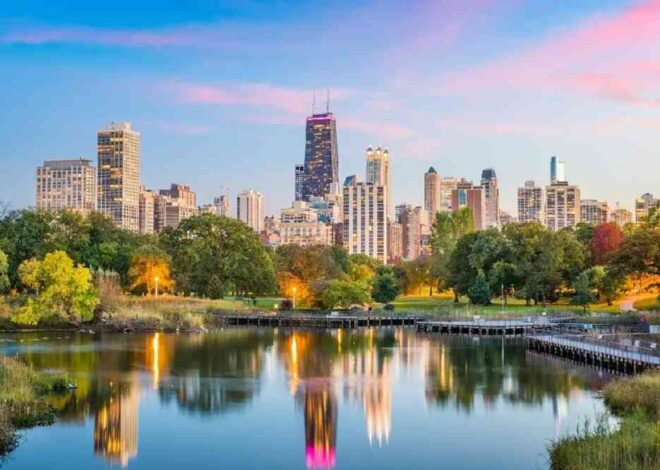Vanessawest.tripod – Mastering Stability in Photography
In the ever-evolving world of photography, the pursuit of perfection often leads us to an array of equipment, each promising to enhance our photographic experience. Amidst this plethora of gadgets, the tripod is an indispensable photographer tool. The website vanessawest.tripod has emerged as a beacon of knowledge and guidance in this arena, specializing in the nuanced use of tripods in photography. This article delves into the importance of tripods, guided by the insights and expertise offered by Vanessawest.tripod, to understand how mastering stability in photography can elevate the quality of your work.
The Quintessence of Tripods in Photography
Tripods, at their core, are about stability. This might seem simple, but the implications are profound, especially in photography, where the slightest movement can be the difference between a mediocre shot and a masterpiece. The primary role of a tripod is to hold the camera steady, eliminating the camera shake that often occurs when shooting handheld, particularly in low light conditions or when using slow shutter speeds. This is crucial for achieving sharp, clear images.
But the importance of tripods extends beyond just stabilizing the camera. They are instrumental in framing and composing shots. With a camera fixed on a tripod, you can fine-tune your composition, adjust settings, and experiment with different perspectives without losing your framing. This is particularly beneficial for landscape, architectural, and portrait photography, where design and attitude play a significant role in the final image.
Types of Tripods and Their Specific Uses
Vanessawest.tripod emphasizes the diversity of tripods available in the market, each catering to specific photographic needs. From lightweight, portable tripods ideal for travel photography to sturdy, heavy-duty ones designed for studio and landscape photography, understanding the different types can significantly impact your choice.
- Travel Tripods: Compact and lightweight, these tripods are perfect for photographers on the go. They typically have a smaller footprint and can easily fit into a backpack. While they may not offer the same level of stability as heavier models, they balance portability and functionality.
- Studio Tripods: These are heavier and more robust, offering excellent stability. They are ideal for studio settings where portability is not a concern. Their sturdy build supports more serious camera setups and is essential for long-exposure photography, where even the slightest movement can ruin a shot.
- Specialized Tripods: This category includes tripods designed for specific purposes, such as macro photography, where precise adjustments and stability are crucial. They often feature additional arms or mechanisms for fine-tuning the camera’s position at close range.
Choosing the Right Tripod
Selecting the right tripod involves considering several factors. Vanessawest.tripod suggests weighing the weight capacity, which should comfortably support your camera and lens. The tripod’s height is another critical factor; it should reach your eye level without extending the center column, which can compromise stability. The material of the tripod also plays a role; carbon fiber tripods offer an outstanding balance of strength and lightness but are more expensive than their aluminum counterparts.
The Impact of Stability on Image Quality
The most evident impact of using a tripod is the noticeable improvement in image sharpness. Camera shake, even the slightest tremor, can result in blurred images. A tripod ensures that the camera remains completely still during the exposure, which is significant in low-light photography, macro photography, and when using telephoto lenses.
Moreover, tripods facilitate the use of lower ISO settings. Raising the ISO is common in low light conditions to avoid camera shaking. However, higher ISOs can introduce noise into the image. With the tripod’s stability, you can keep the ISO low, ensuring cleaner, higher-quality images.
Long Exposure and Creative Photography
Tripods open up a world of creative possibilities, especially in long-exposure photography. Capturing the smooth flow of a waterfall, the swirling trails of stars, or the bustling movement of a cityscape at night requires exposures that can last several seconds to minutes. Attempting this handheld is impossible; thus, a tripod becomes essential for these creative endeavors.
Macro and Wildlife Photography
In macro photography, where the focus is on capturing minute details, a tripod’s stability is invaluable. It allows for precise focusing and composition adjustments, essential in this genre where even a millimeter can make a significant difference in framing.
Wildlife photographers also benefit from tripods, especially when using heavy telephoto lenses. These lenses are challenging to hold steady for extended periods, and a tripod can provide the necessary support, reducing the strain on the photographer and ensuring sharp images.
Do read: Flinders Lane: The Heartbeat of Melbourne’s Fashion Evolution
Conclusion
Vanessawest.tripod has established itself as a comprehensive resource for understanding and utilizing tripods in photography. The stability provided by a well-chosen tripod can transform your photographic work, enhancing image quality and opening up new creative avenues. Whether you’re a seasoned professional or an enthusiastic amateur, incorporating a tripod into your photography toolkit is a step towards mastering the art of capturing stunning, high-quality images. The journey towards photographic excellence is a continuous one. With tools like tripods and resources like vanessawest.tripod, photographers are well-equipped to explore the limitless possibilities of this art form.



